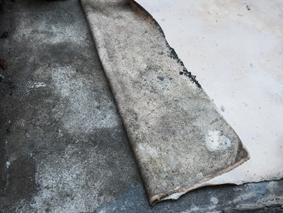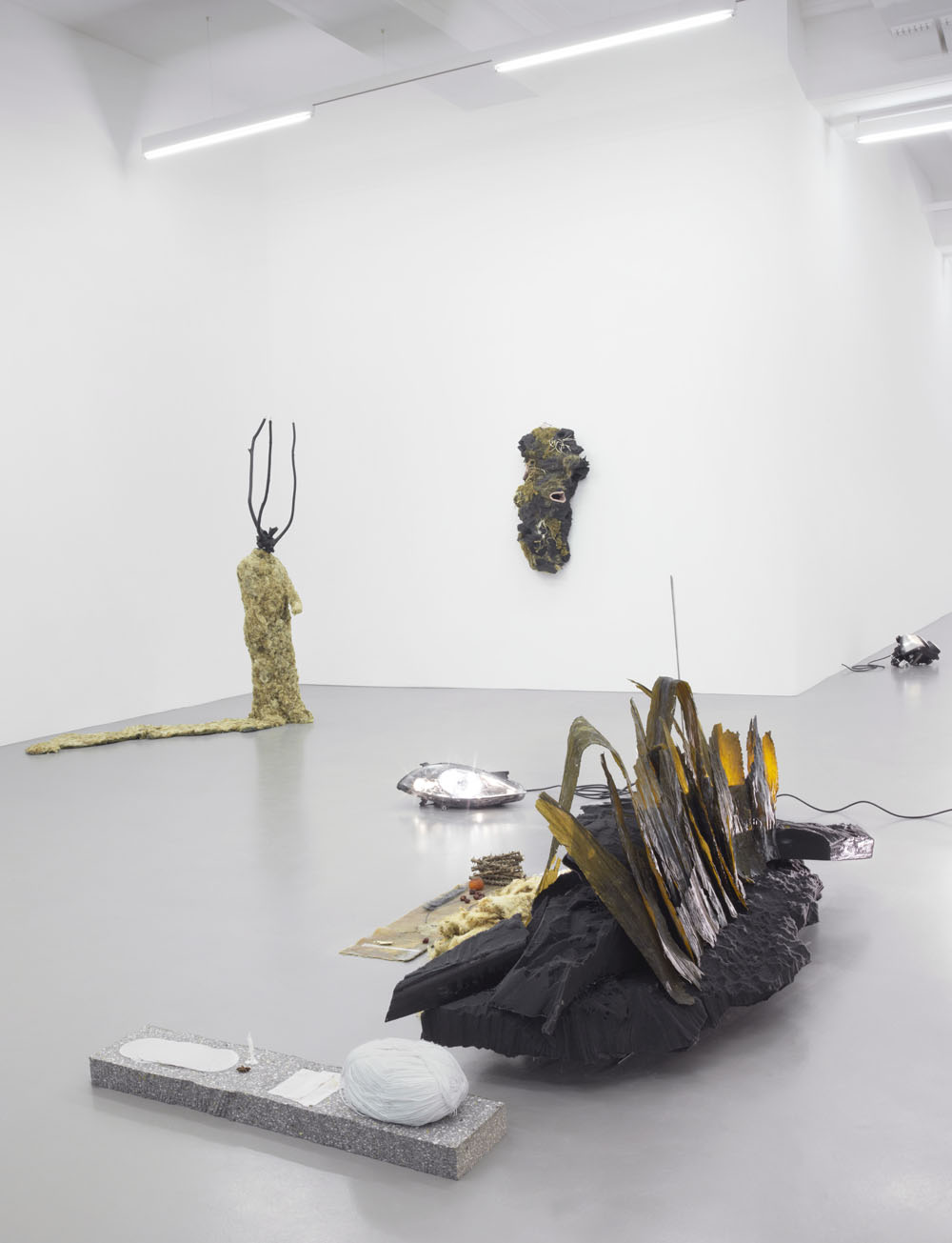
New Town Ghost GAGA HOHO
2017
Solo show within the framework of Topophilia / Topophobia , launching new space program for DAAD gallery
12.01.2017 – 22.01.2017
Installation view
3 legged crow taxidermie, Thermofoam, Agar agar, wood, algae, Kalopanax thorn, Thread, car glasses, Headlights, Latex
Photo by Jens Ziehe
O Tannebaum
Opening performance, January 12, 2017
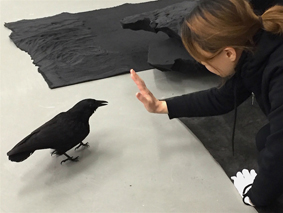
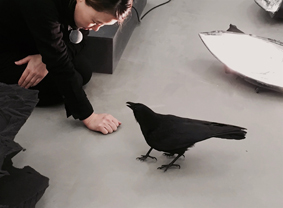
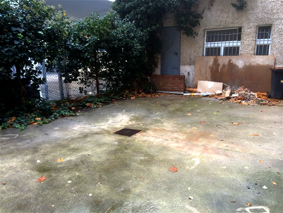
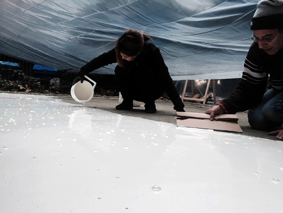
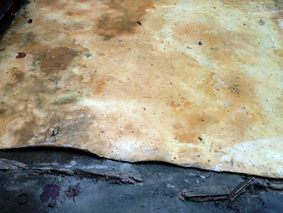
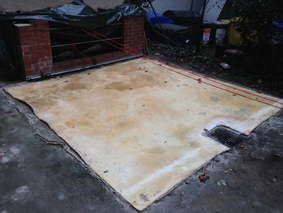
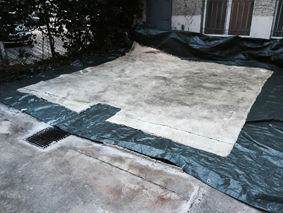
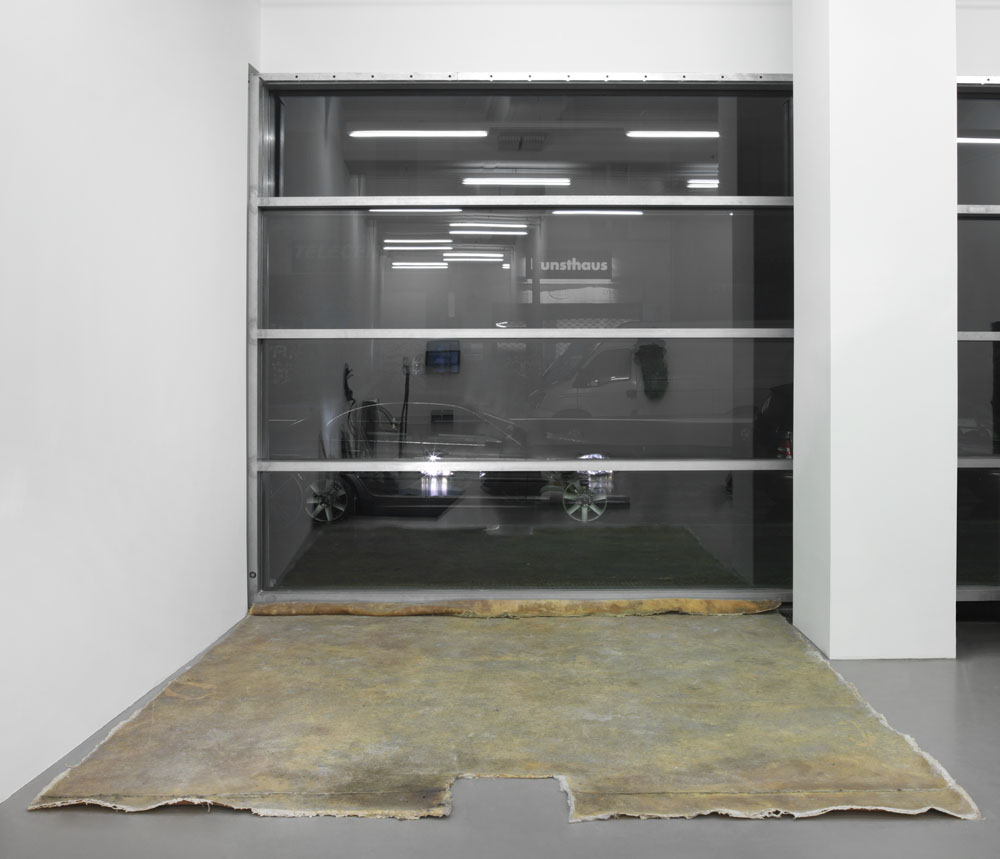
New Town Ghost GAGA HOHO
making 3 Pyeong process view
Solo exhibition
12.01.2017 – 22.01.2017
daadgalerie
Photo by Minouk Lim Lijung Choi
In her work Minouk Lim deals with social groups and urban zones that have been neglected or displaced in South Korea during times of economic growth and the country’s rapid urbanization since the 1960s. She contrasts official historical narratives with personal experiences or stages actions in public space that give voice to an alternative public consciousness beyond the official media perspective. In recent years she has worked together frequently with representatives of social groups, e.g. war victims, or the formerly politically persecuted, thematically addressing and reflecting on their contemporary social and media roles. But Lim is not a classical documentarian. Rather, she has developed an artistic language situated between video, sculpture, and performance—elements that are typically combined into room-sized installations.
Her presentations feature both analytical and emotional moments, sounds and smells that bring memories to life without disregarding the historical facts.
For the opening exhibition within the framework of Topophilia / Topophobia, Minouk Lim focuses on themes she has addressed for a number of years in her work, reinterpreting them for the specific context of the daadgalerie’s move to Oranienstrasse in Kreuzberg.
In the Korean word GAGA HOHO家家戶戶, Ga (家) stands for house or person, while Ho (戶) denotes doorframe or door. Together the four signs mean the totality of houses or families.
Pyeong, a traditional unit of measurement, equals approximately 3.31 m² or slightly less than two tatami mats and is primarily used for measuring living space in Korea, Japan, and Taiwan. The Pyeong was introduced in Korea under Japanese rule and was recently replaced (in 2007) by the square meter as the official unit for measuring floor area. Unofficially, measuring living space in Pyeong is still common practice. Minouk Lim poured liquid latex over a Pyeong-sized area in the small courtyard at Oranienstr. 161 and left it exposed to the weather for several weeks. Traces of the courtyard surface as well as rainwater, frost, and snow have been inscribed into the material, which is now positioned as a flexible sculpture inside the gallery space.
Other sculptures—organic materials (a variety of algae, feathers, mosses, roots, and wood) combined with elements of industrial provenance (headlights, car windows, and metal bars)—also refer to topographical and cultural interrelationships. Their meaning remains ambivalent, similar to the carrion crow, a bird common to urban spaces, which, in Asian mythology, has a negative connotation as a flesh-eating bringer of bad luck, but also a positive interpretation as a three-legged angel and guide.
Lim’s video New Town Ghost was shot in 2005 in Seoul’s Yeongdeungpo district, where the artist lived and worked at the time. A young female poetry slam performer, accompanied by a drummer, energetically recites her verse on the bed of a pickup truck, which is slowly moving through the streets of the district, most of which has already been torn down to make way for a densely packed high-rise development with high-end apartments, shops, and recreational facilities. The residents in Lim’s neighborhood were driven from their homes; the cityscape they inhabited was completely destroyed.
In the video, shots of the construction zones of the newly emergent skyscrapers are repeatedly inserted between street scenes of the paper collectors, auto mechanics, and vegetable sellers. “Oh my complex!” the slam performer yells out through her megaphone to observers on the street, “Oh my residential-commercial complex! I don’t know where to go. I’m A New Town Ghost.”
When moving into a new home in Korea, tradition dictates that an elaborate ritual be performed so that household spirits are favorably disposed toward the new inhabitants.
For the opening of the new daadgalerie on January 12 at 6:30 pm, Lim has developed a ceremony that is both personal and site-specific, in which the German Christmas song
O Tannenbaum and its various reinterpretations (including The Red Flag, the song of the International Workers Movement, familiar as the anthem of the British Labor Party, and as the anthems of English football club fans) play a role.
Minouk Lim, born 1968 in Daejeon, South Korea, lives and works in Seoul, South Korea. Recent Solo exhibitions and projects include Lighthouse Keeper_The Times of Joy and Sorrow, Setouchi Triennale, Ogi Island, Japan (2016); Minouk Lim_The Promise of If, PLATEAU Samsung Museum of Art, Seoul, Korea; United Paradox_Minouk Lim, PORTIKUS, Frankfurt, Germany; From X to A, Community-Performativity Project, Asia Culture Complex, Gwangju, Korea (2015); Navigation ID, Performance at opening of the 10th Gwangju Biennale, Korea (2014); Recent Group Shows include: Gestures and Archives of the Present, Genealogies of the Future, The 10th Taipei Biennale, Taiwan; The Future is Already Here, It's Just Not Evenly Distributed, The 20th Sydney Biennale, Embassy of Disappearance at Carriageworks, Sydney, Australia (2016); Political Populism, Kunsthalle Vienna, Austria; Paradox of place, Seattle Asian Art Museum, U.S.A; The Time of Others, Museum of Contemporary Art Tokyo, Japan (2015); Burning Down the House, The 10th Gwangju Biennale, Korea; The Future is Now, MAXXI National Museum of XXI Century Arts, Roma, Italia (2014). Minouk Lim is currently a guest of the DAAD Artists-in-Berlin Program.
Ariane Beyne, Head of Visual Arts of DAAD Artists-in-Berlin Program
